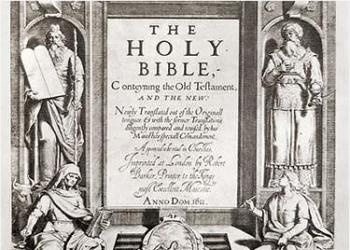How the Bible Was Written

The Bible is a unique book in the annals of history. Not only is it one of the most accurately and thoroughly preserved books of antiquity, it also stands alone as a record of God's instruction for subsequent generations on how to live.
In his Bible history classic, All About the Bible, Sidney Collett writes that the Bible was written "over a period of about 1600 years" (between 1500 B.C. and A.D. 100) by about "forty persons, in all stations of life" (20th ed., p. 11). Critics say this compromises the integrity of the Bible–that a book written over that long a period and by that many people couldn't be an inspired book directed by God. But is this the case? The Bible would have to be inspired by God to be taken seriously.
There is one very important commonality in the writing of the Bible, and that commonality is God's hand. Even though the writers were kings, statesmen, herdsmen, fishermen, farmers, priests, prophets, a physician, a rabbi, a tax collector and more, the entire work does not contradict itself. Its theme—God's plan for mankind—is consistent from beginning to end. The Bible is not simply a collection of different writers, for "all Scripture is given by inspiration of God" (2 Timothy 3:16). The apostle Paul also noted that the Bible contains the oracles—the sayings and teachings—of God (Romans 3:2).
